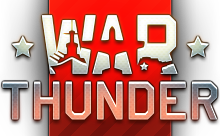T-28 Model 1934: The Predecessor
T-28 (1934)
29 members have voted
Share
Followers
1
-
Recently Browsing 0 members
No registered users viewing this page.
